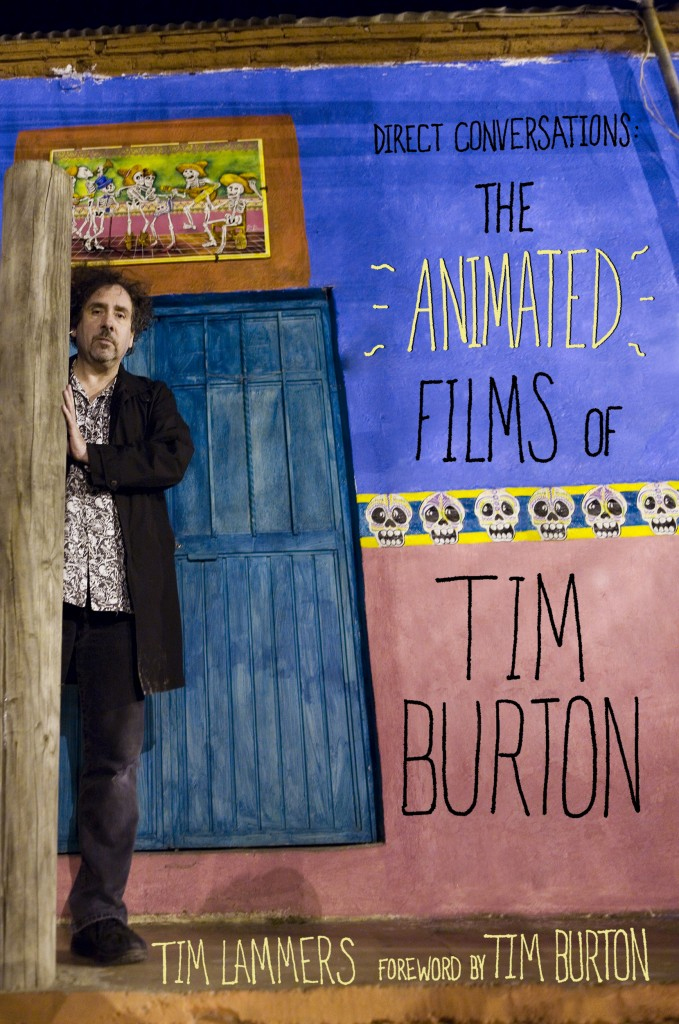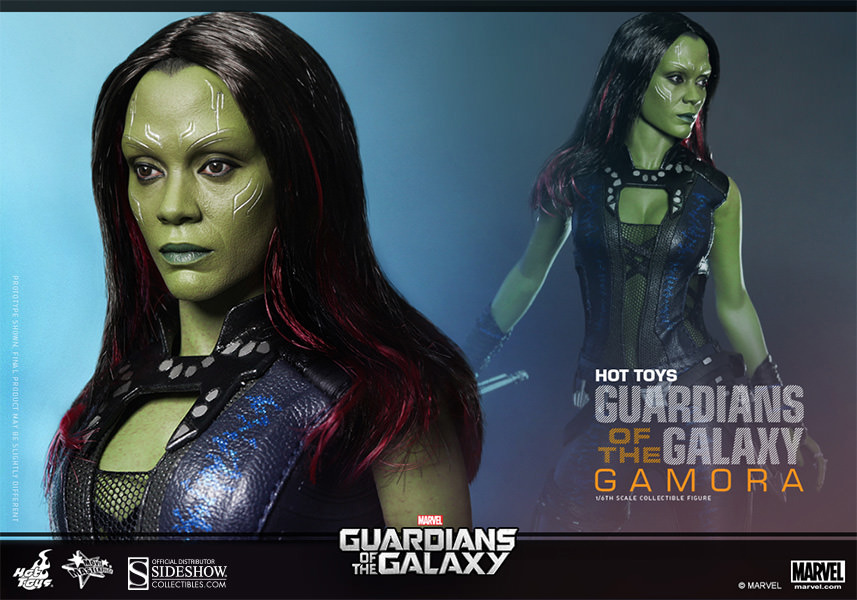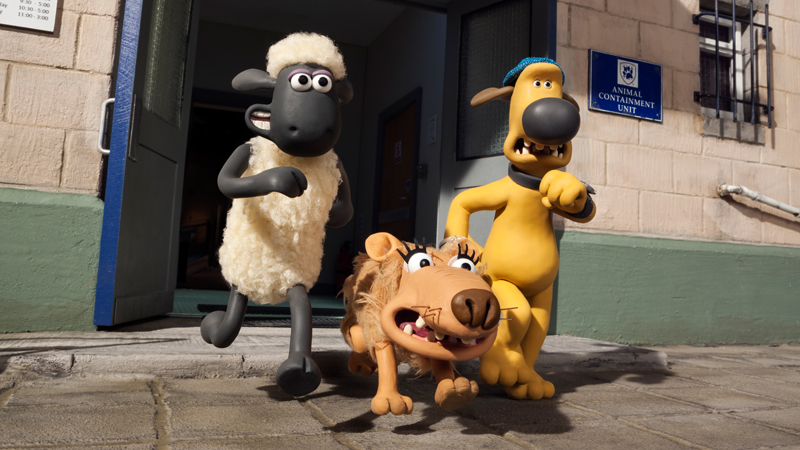Thanks to the likes of the clay-animated “Wallace and Gromit” short films, the hit feature “Chicken Run” and the feature-length Oscar winner “Wallace and Gromit: The Curse of the Were-Rabbit,” London-based Aardman Animations has no doubt molded a stellar reputation over the years in the world of stop-motion.
And that reputation is sure to grow this Friday when the animation studio releases “Shaun the Sheep Movie,” a whimsical tale about a the shenanigans of a sheep named Shaun and his fellow flock members, a farmer named Farmer, and his sheep dog Bitzer. In the 85-minute adventure, Shaun and his cohorts spring into action when one of their “free days” in the country goes awry and Farmer inadvertently ends up in the big city, suffering from a bout of amnesia.
While the character is making his big screen debut, “Shaun the Sheep Movie” is hardly a grassroots effort by the film’s co-writers and co-directors, Richard Starzak and Mark Burton. A spin-off character from the 1995 “Wallace and Gromit” short film “A Close Shave,” “Shaun the Sheep” was cultivated as a TV series on the BBC in the U.K. in 2007. The duo knew it was only a matter of time before Shaun made the leap to the feature films, mainly because of the bond that developed between the characters as the series progressed.
“As we went on, the characters, including Farmer, who thinks he’s the boss but isn’t; Bitzer, who’s the middle man between the sheep and Farmer; and of course, Shaun, began to feel like a family. Farmer felt like the father; Bitzer, the older sibling; and Shaun the younger sibling,” Starzak said in a recent call from Los Angeles. “It felt like there a good emotional story there with those three, and we felt like we could make a good film.”
While American audiences might not be as familiar with “Shaun the Sheep” as viewers across the pond, Starzak said there are elements in the film that don’t need translation. Chief among the attributes of the characters that have attracted viewers across the board are the character’s eyes — the windows to the soul — which immediately engage viewers.
“Among the things we study at Aardman is acting, but also neurolinguistic programming,” Starzak said. “It tells us how our eyes to access parts of our brains, all move in the same way, so if you can get that worked out with the characters, the audience will know what they are thinking, even on a subconscious level.”

Communicating through the eyes is a must, considering that the “Shaun the Sheep” movie (and TV show before it) has no dialogue. That’s not to say “Shaun the Sheep Movie” is silent: You’ll hear animal noises and some indiscernible mumbling by the human characters, and an occasional song will help forward the narrative.
“When we started to make the series, we decided to go with no dialogue — and that was for practical reasons,” Starzak said. “Adding dialogue to the animation just slows the process down a great deal.”
The eyes of characters like Shaun and the homeless dog, slip, are particularly effective in “Shaun the Sheep Movie” because not only do they reflect comedic moments in the movie, but act as mirrors that reflect the film’s more emotional moments. Ultimately, the range of emotions projected in “Shaun the Sheep Movie” gives the film much more depth than your average animated film.
“That’s what we want to do — make ’em laugh, make ’em cry — and with the story in this film, that plan worked out really well,” Starzak said. “In order to cry and laugh, you have to care about the characters, so that’s a good sign when you see that happening with audiences.”
The great thing is, Burton and Starzak have found that the film is resonating with audience members of all ages — and that’s a good thing considering the movie was not only made for young kids, but the kid in all of us.
“When we start out, it’s to make a film that makes us laugh. We don’t think of it as dumbing down to kids. Or maybe it is that we have a stupid sense of humor,” Burton said with a laugh. “Whatever it is, it seems like the audience are picking up on it.”
Amazingly, while Burton and Starzak have been with “Shaun the Sheep Movie’s” characters for three years, one frame at a time, they haven’t grown tired of their company. In fact, they still feel very much attached to likes of Shaun, Farmer, Blitzer and company.
“It gets to stage where you know what these characters are thinking in any situation. Part of them becomes quite real in your head. So if anybody is cruel to them, they’ve got me to answer to,” Starzak said with a laugh.



